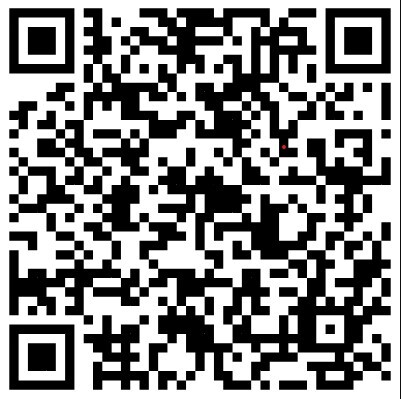Tips for Seminar Presentation
Tips for Seminar Presentation
(A key point is to understand your topic)
2025/12/31
Present a research paper
- Begin with the title and authors of the paper, followed by your name and the commentator’s.
- A slide to briefly introduce the latest research interest of the corresponding author
3) Adequately present the background information assembled from the “Introduction and Discussion” sections of your paper, and from outside sources if necessary.
3) Clearly spell out the hypothesis or the specific question(s) addressed in the paper.
4) Integrate experimental design, approaches, methods, and data interpretation in a logical fashion.
5) End your presentation with a summary of major findings of the paper and potential implications, if any.
Goals of oral presentation
1) Capture the essence of the research project:
a) Why the study was undertaken (i.e., purpose of the study).
b) How it was undertaken (i.e., experimental design and methods).
c) What was learned (i.e., results and conclusion).
2) Communicate that essence clearly, convincingly, and concisely to your audience.
Rules for oral presentation
1) Assess and reorganize, rather than simply restate, the information in the paper.
2) Focus your talk on the methods and results.
3) Draw conclusions as you present each component of the paper and proceed logically from one part of the study to the next.
4) Be selective and focused: include only those details needed for audience to understand what comes later; delete details that are unrelated and unconnected.
5) Must use visual aids (e.g., slides, videos and pointers).
6) Be prepared for questions: thoroughly understand the paper, especially data interpretations.
Guides for giving an oral presentation
1) Must use a microphone and try to have eye contact during the presentation
2) Write out your talk and practice it until you can produce a smooth delivery.
3) Do not rush; allow time for listeners to digest the information and to take notes.
4) Lead your audience by pointing to the data and information as you speak.
5) Do not confuse your audience by using too many abbreviations (spell out the word if it is used fewer than three times).
6) Try to sound enthusiastic and interested in what you are saying.
7) End your talk gracefully: first acknowledge any people who gave you advice or help, and then say something like “Thank you, I would be happy to answer any questions”.
7) Must limit your presentation time for 25-35 minutes.
8) For Q & A: Be sure to restate (or clarify if necessary) each question, and then address your answer to the ENTIRE audience, not just the questioner.

